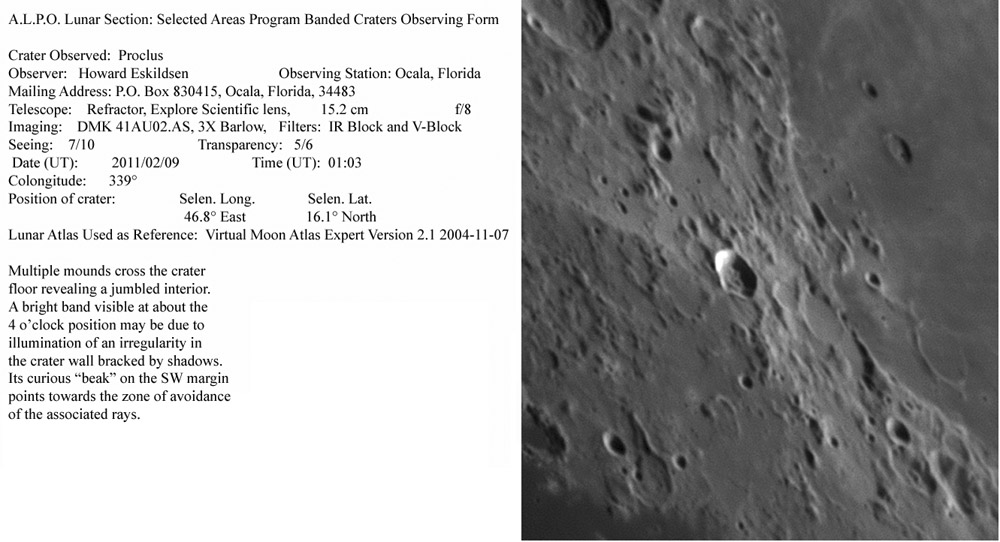Difference between revisions of "April 5, 2011"
| Line 1: | Line 1: | ||
__NOTOC__ | __NOTOC__ | ||
=Observing with a Mission= | =Observing with a Mission= | ||
| − | |||
<!-- ws:start:WikiTextHeadingRule:0:<h1> --> | <!-- ws:start:WikiTextHeadingRule:0:<h1> --> | ||
<!-- ws:start:WikiTextLocalImageRule:6:<img src="/file/view/LPOD-Apr5-11.jpg/217148810/LPOD-Apr5-11.jpg" alt="" title="" style="width: 850px;" /> -->[[File:LPOD-Apr5-11.jpg|LPOD-Apr5-11.jpg]]<!-- ws:end:WikiTextLocalImageRule:6 --><br /> | <!-- ws:start:WikiTextLocalImageRule:6:<img src="/file/view/LPOD-Apr5-11.jpg/217148810/LPOD-Apr5-11.jpg" alt="" title="" style="width: 850px;" /> -->[[File:LPOD-Apr5-11.jpg|LPOD-Apr5-11.jpg]]<!-- ws:end:WikiTextLocalImageRule:6 --><br /> | ||
| − | <em>image by [mailto:howardeskildsen@msn.com Howard Eskildsen]</em><br /> | + | <em>image by [mailto:howardeskildsen@msn.com" rel="nofollow Howard Eskildsen]</em><br /> |
<br /> | <br /> | ||
I have on occasion stated that bands in banded craters almost certainly do not change, and hence there is little reason to monitor them. Howard points out two reasons for continuing to do so. First, looking for banded craters provides a reason to carefully study different regions of the Moon. Rather than simply pointing a telescope at the Moon and checking that Plato or Clavius are still there, any sort of observational project promotes observation with a purpose. The <em>Lunar 100</em> does that, and so does looking for banded craters or dark halo craters, or measuring shadow lengths or any other systematic examination of the surface. The second reason Howard offers is even more important: it is fun. Having fun while observing means that you will spend more time doing it and will come to understand the Moon better. That will make all the other Moon-related activities more interesting - imaging with a purpose, reading to increase understanding, and perhaps even checking LPOD for hints and inspiration.<br /> | I have on occasion stated that bands in banded craters almost certainly do not change, and hence there is little reason to monitor them. Howard points out two reasons for continuing to do so. First, looking for banded craters provides a reason to carefully study different regions of the Moon. Rather than simply pointing a telescope at the Moon and checking that Plato or Clavius are still there, any sort of observational project promotes observation with a purpose. The <em>Lunar 100</em> does that, and so does looking for banded craters or dark halo craters, or measuring shadow lengths or any other systematic examination of the surface. The second reason Howard offers is even more important: it is fun. Having fun while observing means that you will spend more time doing it and will come to understand the Moon better. That will make all the other Moon-related activities more interesting - imaging with a purpose, reading to increase understanding, and perhaps even checking LPOD for hints and inspiration.<br /> | ||
<br /> | <br /> | ||
| − | <em>[mailto:tychocrater@yahoo.com Chuck Wood]</em><br /> | + | <em>[mailto:tychocrater@yahoo.com" rel="nofollow Chuck Wood]</em><br /> |
Note: Thanks to Gérard Coute who has been helping Jocelyn Sérot with [http://iluj.wikispaces.com/ ILUJ], the French version of LPOD!<br /> | Note: Thanks to Gérard Coute who has been helping Jocelyn Sérot with [http://iluj.wikispaces.com/ ILUJ], the French version of LPOD!<br /> | ||
<br /> | <br /> | ||
Revision as of 22:14, 4 January 2015
Observing with a Mission

image by " rel="nofollow Howard Eskildsen
I have on occasion stated that bands in banded craters almost certainly do not change, and hence there is little reason to monitor them. Howard points out two reasons for continuing to do so. First, looking for banded craters provides a reason to carefully study different regions of the Moon. Rather than simply pointing a telescope at the Moon and checking that Plato or Clavius are still there, any sort of observational project promotes observation with a purpose. The Lunar 100 does that, and so does looking for banded craters or dark halo craters, or measuring shadow lengths or any other systematic examination of the surface. The second reason Howard offers is even more important: it is fun. Having fun while observing means that you will spend more time doing it and will come to understand the Moon better. That will make all the other Moon-related activities more interesting - imaging with a purpose, reading to increase understanding, and perhaps even checking LPOD for hints and inspiration.
" rel="nofollow Chuck Wood
Note: Thanks to Gérard Coute who has been helping Jocelyn Sérot with ILUJ, the French version of LPOD!
Related Links
Rükl plate 26



